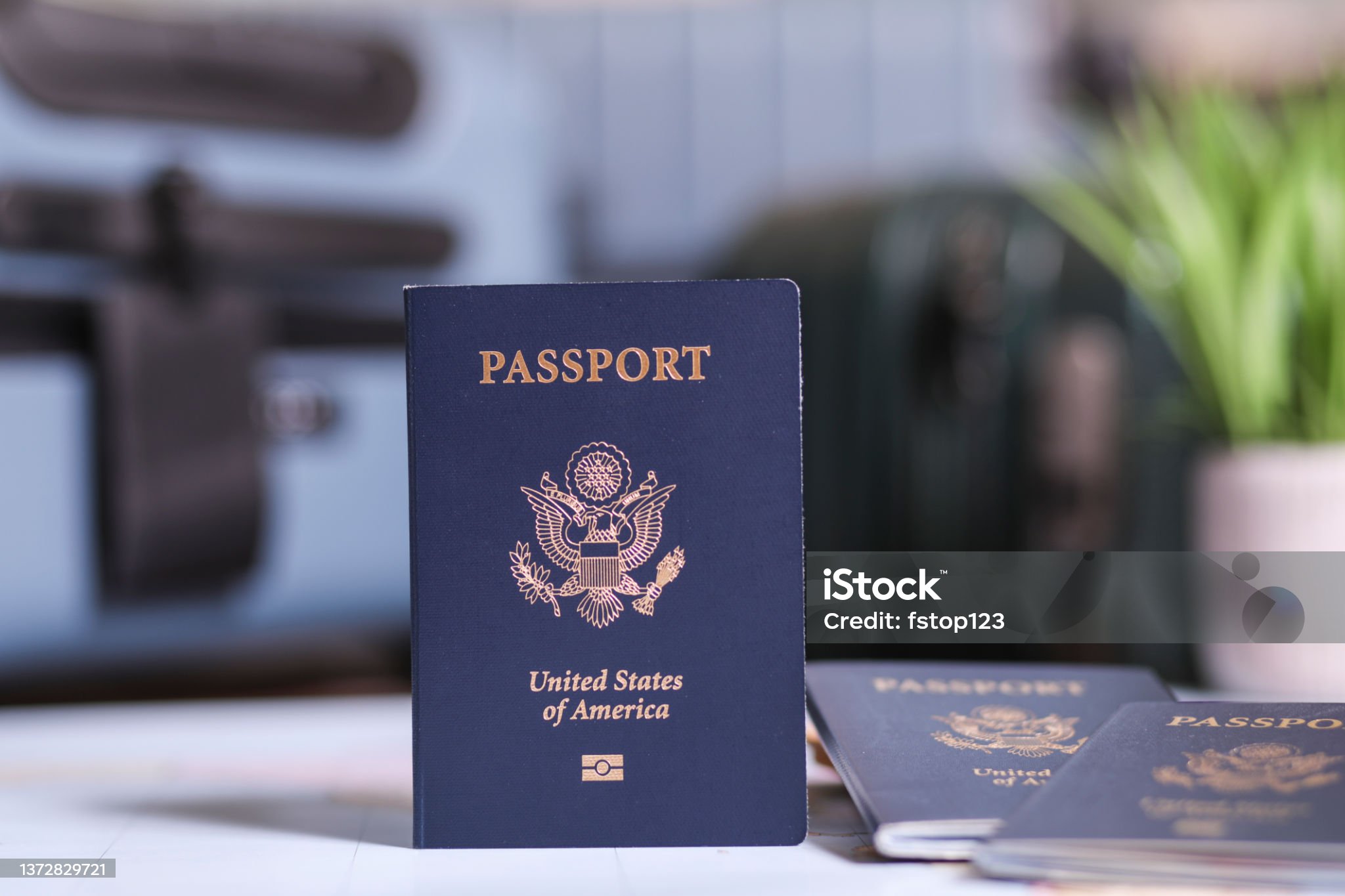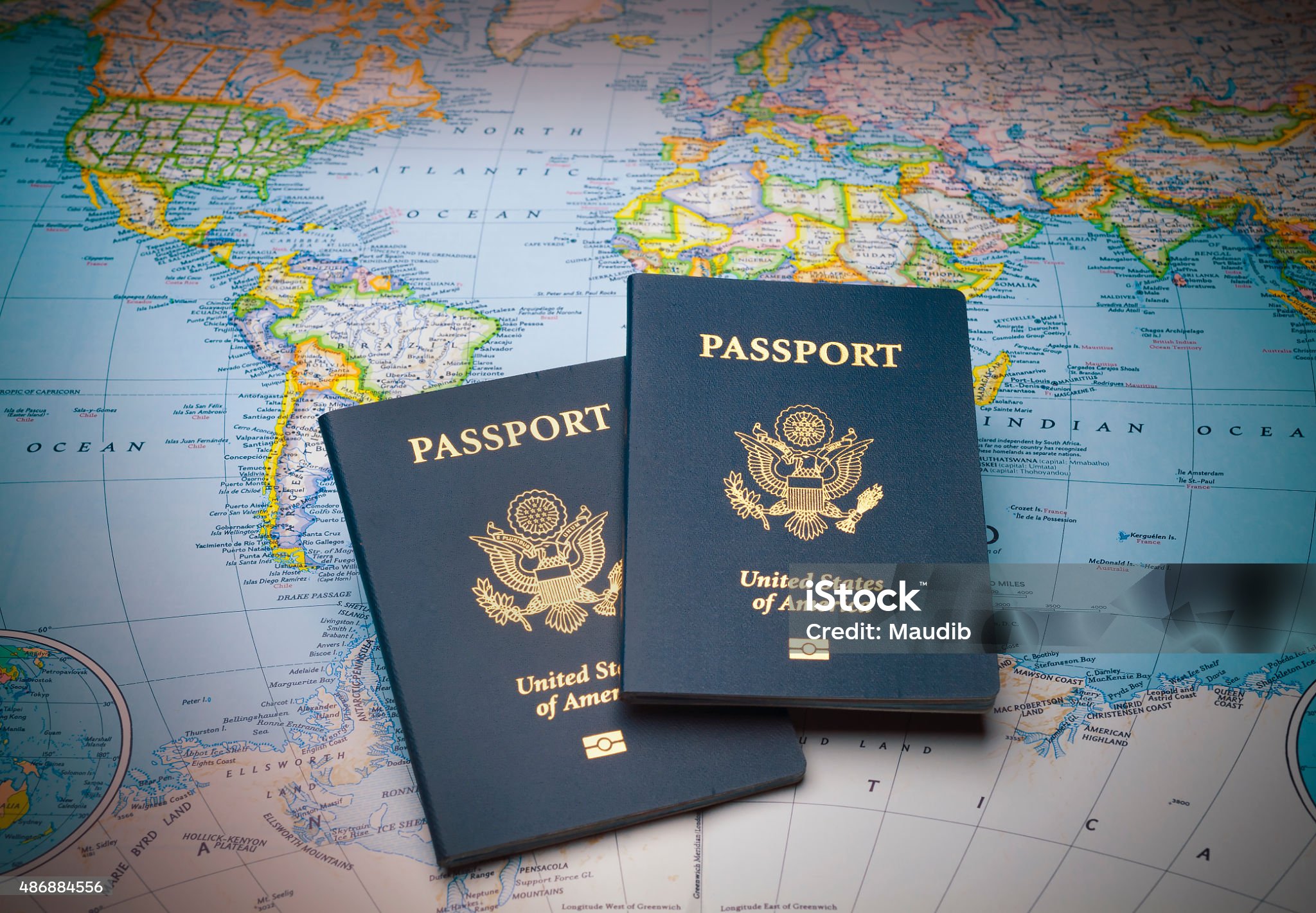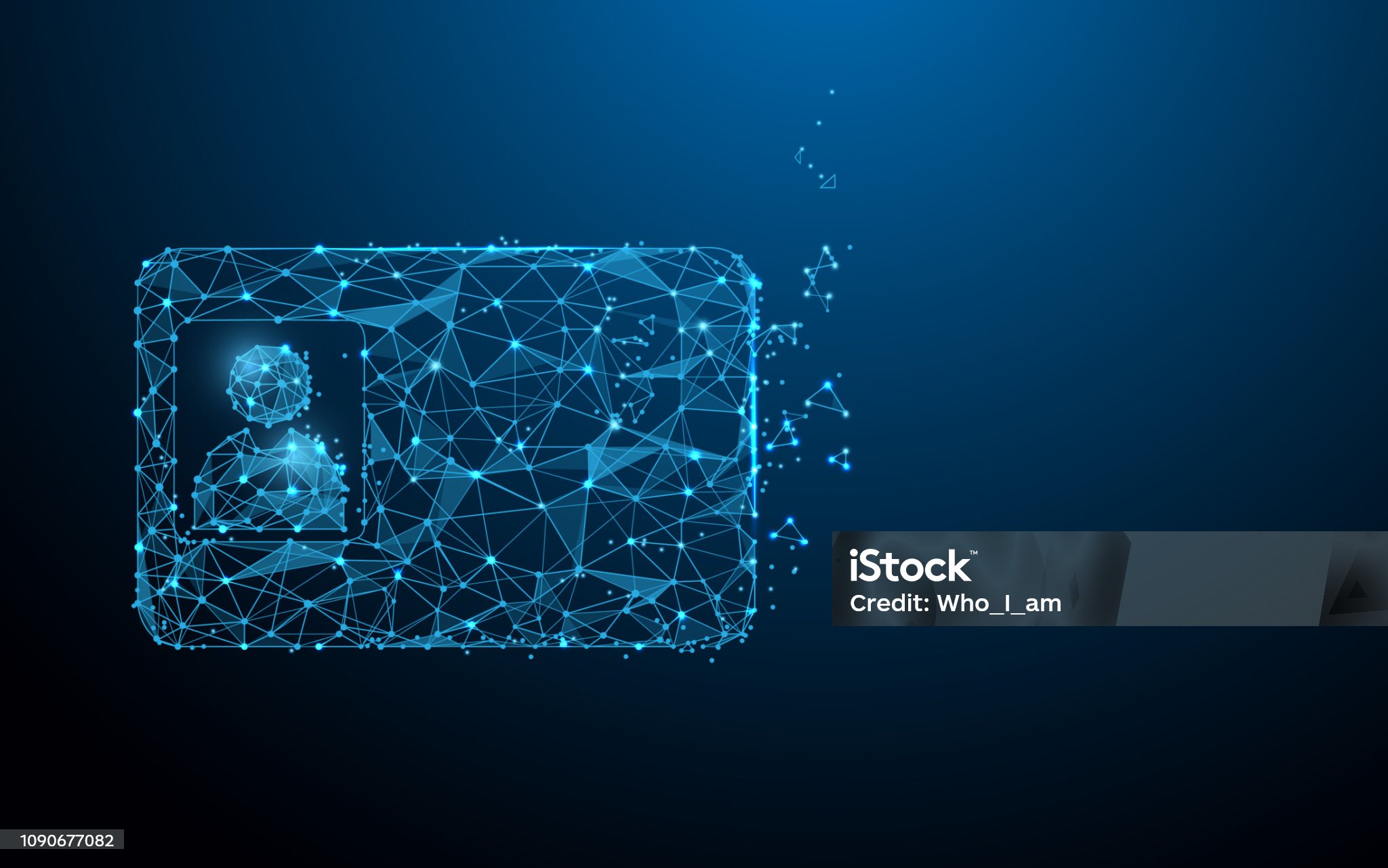
1. Introduction to Identification Documents
Identification documents play an essential role both for individuals and society. Serving as "permissions" and "access tools," these documents ensure smooth societal operations. There are different kinds of identification documents, each serving a specific purpose. For example, a copyright is considered valid proof of the right to operate a car, and a copyright proves citizenship and allows entry into the country. These documents are the most useful from a personal point of view and are key to completing various contracts, for example, to get a job, to access services, to buy insurance, or to rent a car. Often, financial institutions may need to verify these documents when dealing with borrowers who appear unreliable or have poor credit histories. Such identification acts both as an identification method and as legal clearance for various functions.

Historically, identification documents were less central to everyday life than they are now. Their significance has increased over time due to shifts in legal and security frameworks. Technological advancements enable organizations to develop advanced secure systems that outpace public ID technology. Many countries are in the process of standardizing their IDs with biometric technology. Some already use electronic exit technology.
A person's identification documents are "proof" that signifies the legal status of an individual. The "real identification" recognized documents worldwide include passports, copyright, copyright, and driver's licenses, at both global and national scales. Many people file these identification documents under lock and key or with good protection and can easily access them whenever needed.
In this discussion, we highlight the importance and authenticity of various documents, including IDP, Real ID, copyright, copyright, copyright, and resident permits, aiming to educate on their relevance. Educational staff and the general public need to be informed about these documents, and this information might be useful in preventing loss or regaining these documents. This information is intended for both domestic and international readers to ensure they do not miss the most important documents they need for their own knowledge and ideals.
2. Legal Framework and Regulations Governing Identification Documents

Identification documents fall under different laws and regulations depending on the jurisdiction. These documents are provided to individuals through authorized issuing entities in accordance with rules designed to maintain their integrity. These documents can be mandatory for certain situations while serving as optional verification in others. The individual is obligated to adhere to the regulations of the jurisdiction where the document will be utilized. In conclusion, individuals should familiarize themselves with the local legal requirements in any jurisdiction where they intend to use such documents or perform transactions. For the most part, government agencies at the state or local level issue, regulate, and restrict certain documents for use in certain transactions.
However, jurisdictional identification requirements can sometimes create conflicts for those traveling or doing business internationally. It is, therefore, a global concern when people feel wholly alienated when they travel from one country to another and do not comprehend the rules and regulations regarding identification documents. While it is impractical to list the identification rules for every country here, it is crucial to recognize that with 200 countries and billions of travelers, knowing these rules is essential for global business and travel. By not following the rules, individuals could violate another country's laws, and that is where the rules of reciprocity and international legality come into play. Failure to comply with such rules may lead to both civil and criminal penalties for violating laws related to privacy, identity, commerce, trade, or even human rights.
The balancing of public policies with protected rights can be complicated when establishing security standards for identification in travel. That is, human rights may conflict with public policy on the tightest, most secure identification and documentation required to combat terrorism. Finally, within the last five years, because of the advent and recognition of using digital mobile driver licenses, countries have either clarified their laws on this or started to draft regulations and laws to govern their usage beyond just technology, which is a moving target. The next frontier for global travel may lie in the widespread use of digital identification documents. Even with the world moving toward mobile driver licenses, there will still be a need for a copyright, it seems, for some time into the future.

Both the standardization and evolution of digital IDs and mobile driver licenses are continuing to develop. Take California as an example: two years after passing its mobile copyright law, stakeholders are now ready to agree on formal rules for the first resident permits state-endorsed mobile license.
3. A Comparison of International Driver’s License, Real ID, copyright, copyright, copyright, and Resident Permit
The International Driver’s License is a document issued for people traveling internationally to drive legally. The International Driver’s License was not created by the United Nations or any international NGO to enable inter-state travel.
The Real ID is intended to be a widely accepted identification for domestic travel, along with state-issued driver’s licenses and IDs that meet federal standards. The Real ID can also be used for entry to federal facilities and nuclear power plants. It is important to note that the Real ID is not designed as a travel document, nor does it serve as a copyright, visa, or residency permit. Even though some individuals could use it overseas for identification or birth date verification, its main function is for domestic use.
In the United States, passports serve as original forms of identification, as opposed to derived ones. A copyright is largely an instrument of foreign policy; it was made to protect citizens from arrest or to help them travel and attend non-obligatory meetings to negotiate treaties or other matters of common concern. This is the official, often administrative, use. The copyright also has, of course, a bureaucratic or private use. To travel internationally, or even regionally in some cases, travelers must not only possess a copyright but also adhere to various other regulations.
The copyright is a record issued at the time of birth and is used as a means to obtain a copyright and other forms of identification. In comparison, copyright and passports might appear to serve similar purposes. However, a copyright has ongoing effects. Additionally, while a copyright is used to acquire a copyright, it does not result in a “second copyright”. A copyright does not influence the acquisition of a second copyright unless the individual plans on obtaining an illegal second nationality.
4. Security Elements and Fraud Prevention in Identification Documents
Various security features guard against counterfeiting, alteration, tampering, and fraudulent use. Many identification documents utilize features such as holograms, multi-layered images, and laser engravings for enhanced security. Other cards may contain an embedded RFID chip with a stored digital image and other biometric information.
A number of these security components are covert or semi-covert, including techniques such as special ink designs, watermarks, or microtext. All these features aim to make ID documents challenging to forge.

Typically, the security level of an identification document is proportional to the level of trust it is expected to carry. copyright security features, for example, don’t require the same level of security as passports, which are used for international travel, while driving licenses serve primarily domestic purposes.
Advances in technology have driven the creation of more advanced security elements for ID documents. Actively promoting and adopting new security technologies helps keep one step ahead of potential fraudsters and counterfeiters by using up-to-date issuance practices.
Additionally, constantly assessing existing and new security features and issuance techniques is critical. This ensures that these features stay ahead of evolving threats that could undermine document security.
Furthermore, an effective anti-fraud document security program should focus on proactive as well as reactive strategies. Proactive strategies include actions such as education, public campaigns, service announcements, and security-focused events or workshops.
5. Final Thoughts and Emerging Trends in Identification Document Technology
This article explores the wide range of identification documents used globally. Identification documents must be examined from a technical angle, including security features and verification, as well as from a legal viewpoint concerning their legitimacy in courts.
My research highlights varying perspectives on what constitutes a strong identification document and how its value as a verification tool changes depending on where it’s utilized. It would also be interesting to use ethnography to show that what a good document might be according to the country of origin could be very different. Comparative work also offers understanding of the differences in document legitimacy, even among countries with comparable political, economic, and social frameworks.
Future trends in identification documents are being transformed by new digital and technological advances. Digital technology is helping to advance the functionality and security of traditional documents such as eIDs, keeping pace with mobile phone trends. Key developments in this technological shift are the integration of biometrics and blockchain as distributed ledger technologies.
The use of biometrics, particularly with “liveness” detection, will gather biometric information during personal verification, improving identity trustworthiness and mitigating the risk of digital identity fraud. This technology may push beyond the boundaries of human rights recognized under international law and constitutional frameworks. Access to this biometric data needs to remain highly private and governed by the individual’s consent.

The spread of digital identity can also lead to issues related to exclusion. Many people do not have the means to access digital identities, which can be problematic. Some already speak of an “identity gap” widened by technology, which creates disparities in access to identity verification needed for participation in various societal sectors.
There should be more detailed comparisons between digital identity systems and physical IDs. So, apart from verifying identity, digital identity databases also serve to verify risk levels associated with different transactions. Further research is needed to explore how offline verification rights translate into the digital identity space.